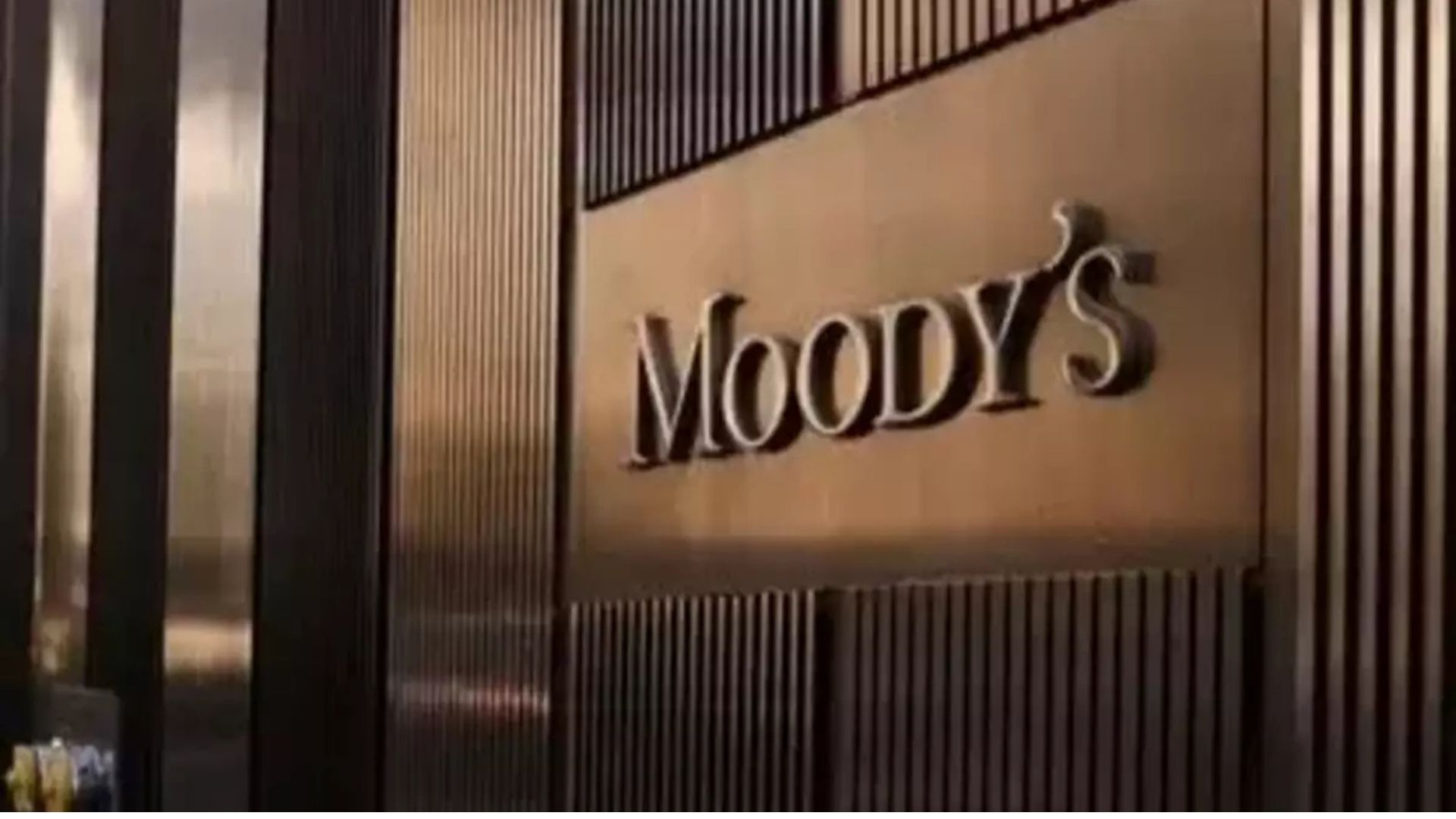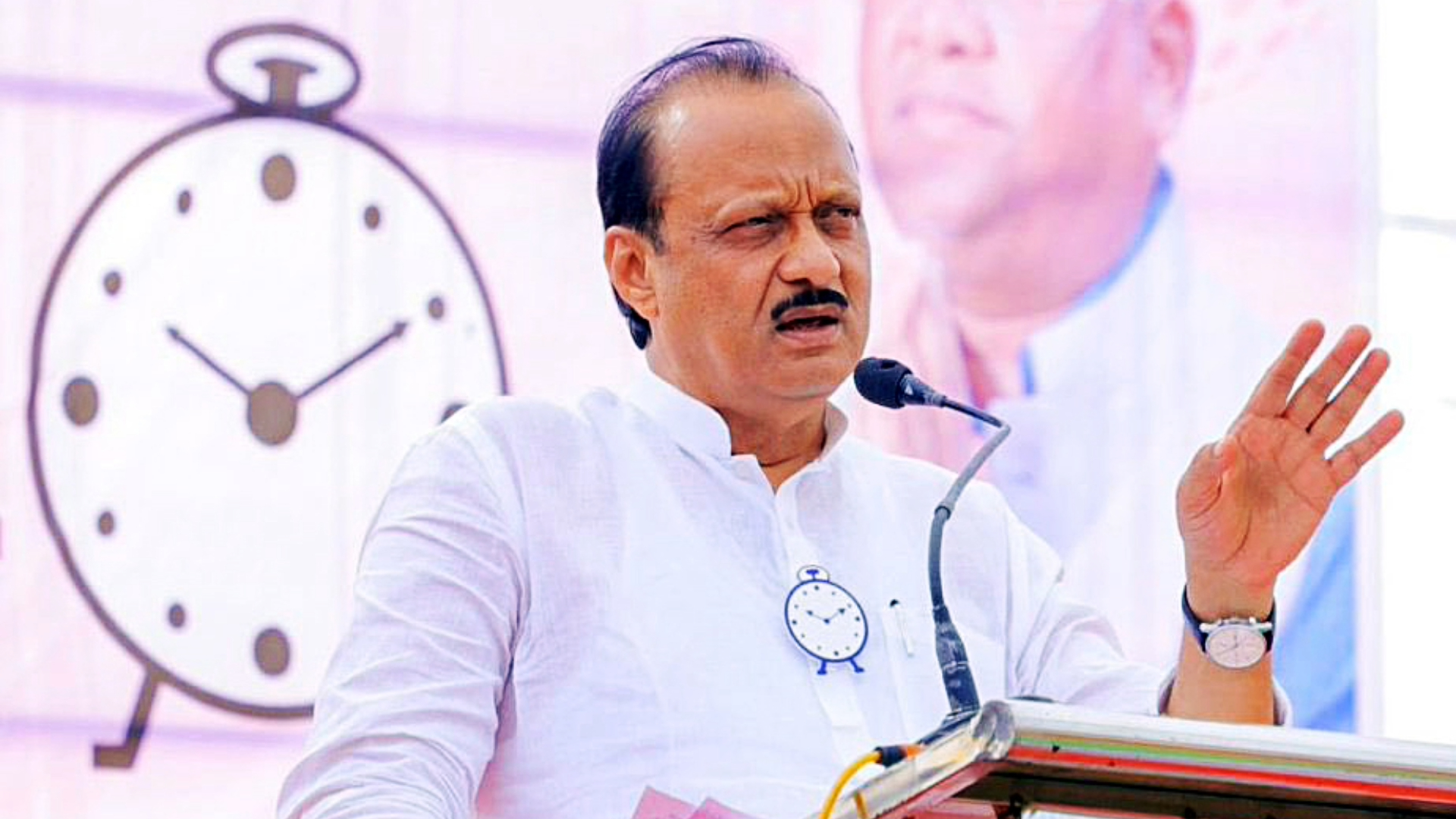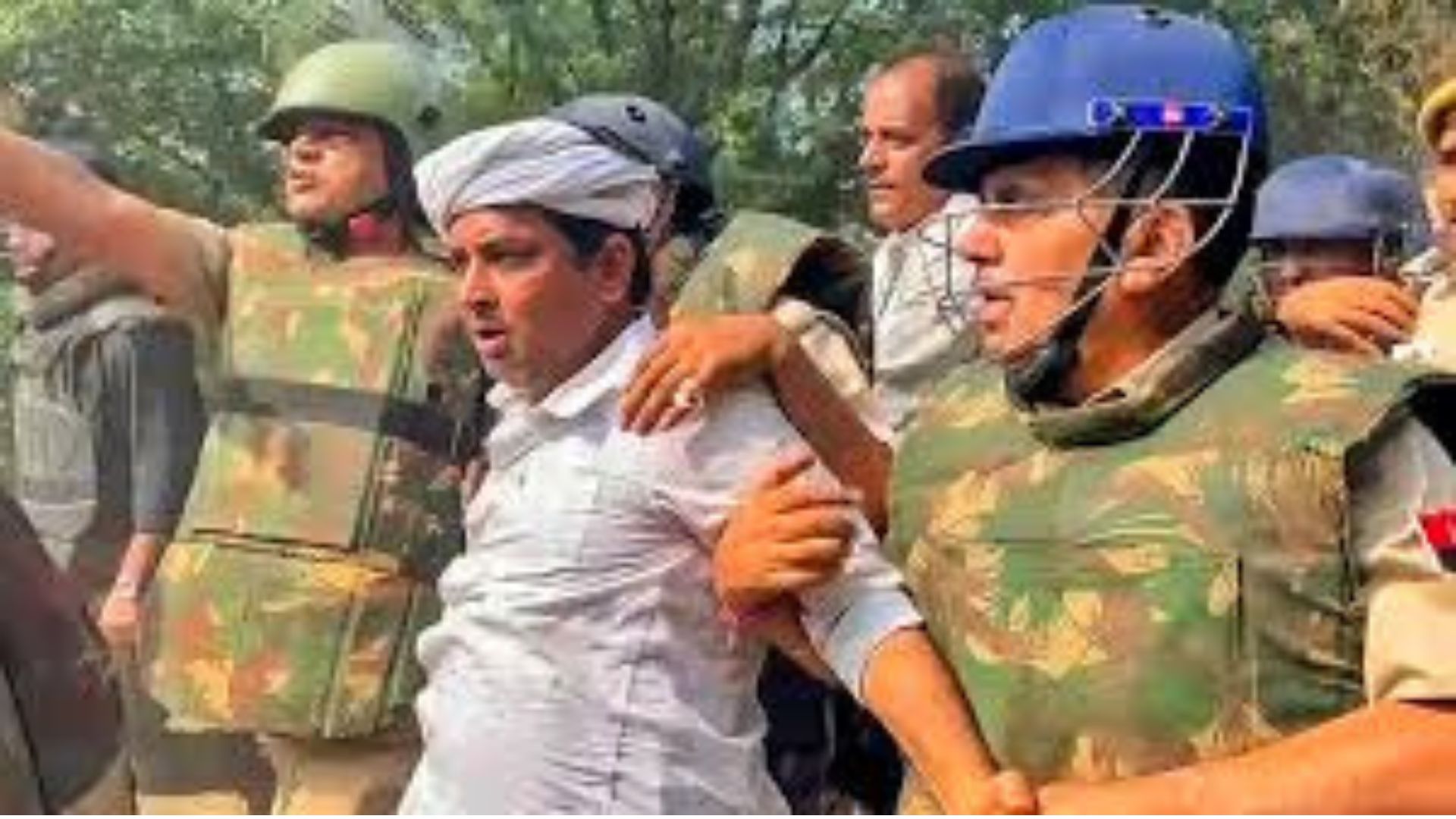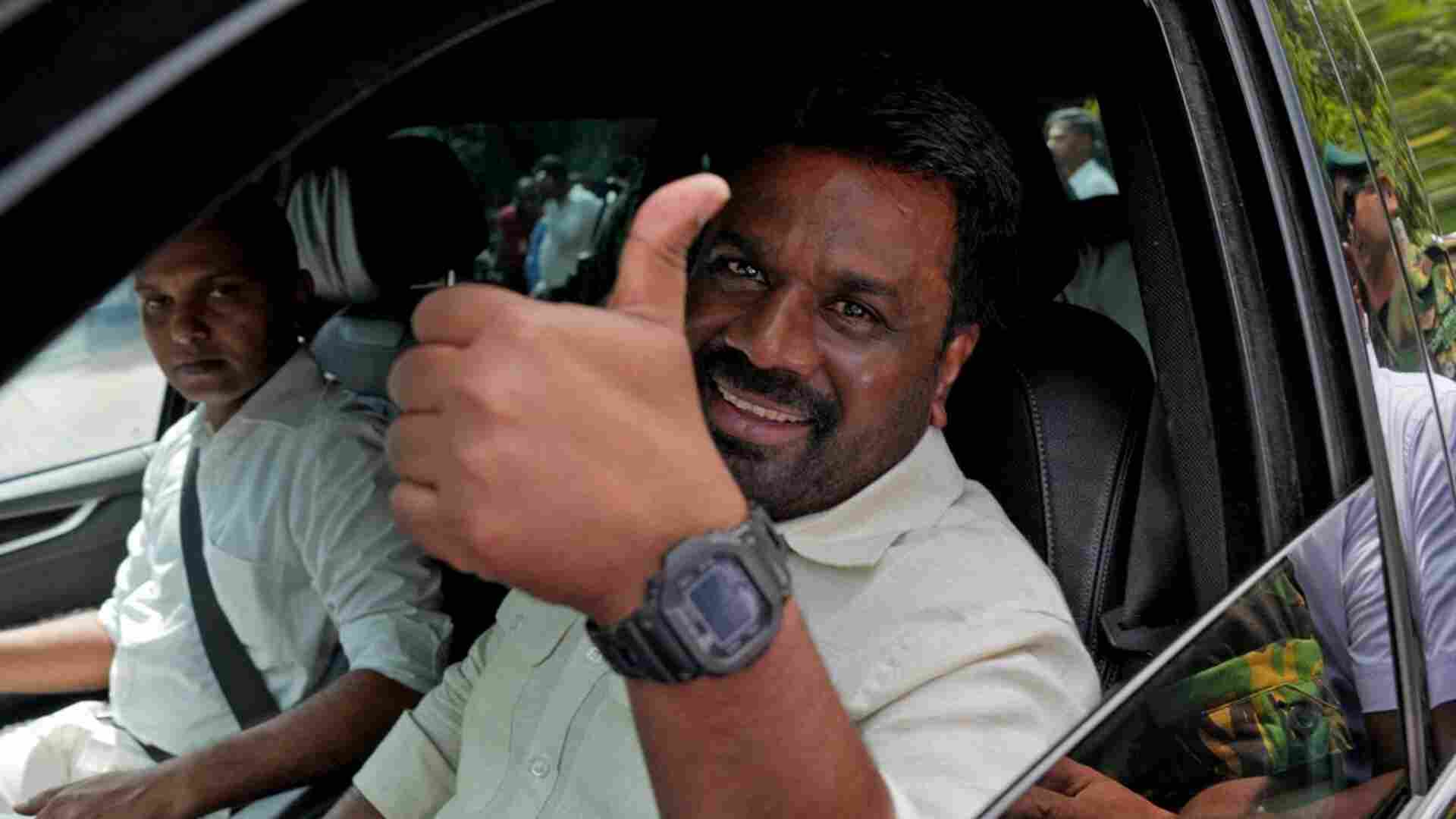On Wednesday, the Senate Foreign Relations Committee voted in favour of former Los Angeles Mayor Eric Garcetti to become ambassador to India, sending the nomination to the full Senate for a vote. The panel approved the nomination by a vote of 13-8, with Republican Senators Todd Young and Bill Hagerty joining all of the committee’s Democrats in voting in favour of Garcetti.
The Prime Minister Modi-led BJP government assumed office on 27 May 2014 as its first term. During the same month, then US Ambassador to India, Nancy Powell, was recalled to be replaced by Richard Verma as the new incumbent of Roosevelt House at the Embassy in Delhi. Verma’s tenure lasted two years during which he made progress re-connecting the US with Modi. Following 2016 presidential elections and the change in the US administration, President Trump recalled Verma and nominated Kenneth Juster as the new US Ambassador to India. Juster’s term also lasted two years until January 2020. Since independence, India has had 25 US Ambassadors with an average tenure of less than three years. The Modi government is serving its second term and has been in office for nine years. During these years, India had two US ambassadors, both political appointees, with a total tenure of four years.
Interestingly, India has recently not had a US ambassador for a little over three years. The Biden administration has surely made efforts to nominate the Roosevelt House incumbent. Eric Garcetti, ex-Mayer of Los Angeles was identified but his nomination did not get support from the US Senate’s Foreign Affairs Committee. However, the Senate Foreign Relations Committee voting on Wednesday in favour of Garcetti should now finally end that uncertainty.
While the US diplomatic corps is the first line of defense for any bilateral relationship, the US government has historically funded the department of state at a much lower level than what should ideally be its last line of defence – the department of defence. With a budget of US$81 billion (for 2023) the US department of state’s financial resources pale in comparison to the department of defense’s US$ 1.7 trillion in budgetary resources. Even adjusting for the large cost of maintaining defense equipment, this over 10 to 1 imbalance is apparent in the understaffing of embassies all over the world—most acutely felt in India in 2021-2022 when wait-times for non-immigrant visas ballooned to more than two years in many cases.
Let us look at the Indian ambassadors to Washington. Since 2014, there has not been any discontinuity other than a few months or weeks of transition. Modi inherited S. Jaishankar from Manmohan Singh as the serving Indian Ambassador to the US. Jaishankar is a career diplomat and worked in China before US assignment. Jaishankar hosted the first ever visit of Modi as the prime minister. He demonstrated his diplomatic prowess and organizational competencies and moved back as the Secretary to the ministry of external affairs. India has nominated four ambassadors in Washington since 2014 and all of them have been career diplomats with established credentials and are best in class. These professionals have created a brand for India, mobilized investments and aggressively supported Indian companies to expand in the US market. They successfully navigated through the pandemic and maintained India’s non-aligned position during the Ukraine conflict.
Let us further consider China’s diplomatic relations with India. China started relations with India in 1950 and has had 16 Ambassadors with an average tenure of 4.5 years. Incumbent ambassador, Sun Weidong, has been in office since 2019. Russian representation has also been uninterrupted since Indian independence. If the seniority of the diplomatic presence is any indicator of the seriousness of the relationship between two countries, the signal from the US does not look promising.
India is poised to play an important global role given its strong economy. We have a strategic geopolitical presence in this part of the world. China and Russia are asserting themselves and Pakistan and Afghanistan continue to pose concerns to the region’s security. Bangladesh is a growing economy with significant trade and investment opportunities for US companies in India. Ongoing initiatives like Quad need a US Ambassador on the ground in India.
The US is one of India’s biggest trading partners. Bilateral trade during 2022 stood at US$124 Bn, a 9% growth over the previous year with a goal to exceed US$500 bn in the next seven years. This requires double digit growth every year.
Post Covid, the Indian economy is expected to grow at approximately 7% per year. India will be adding over US$ 2 trillion to its GDP in the next 2-3 years to reach a target of US$ 5 trillion. India is one of the biggest markets for defense, its civil aviation sector is growing fast, infrastructure investments are on the rise, and agriculture is expected open to foreign investors going forward. Healthcare is becoming a significant focus area to service the growing population.
These are indicators of India›s growth story which cannot be ignored. There are multiple ongoing initiatives which will drive the bilateral relations between the two countries. These include trade and economic relations, and cooperation in a number of areas including defense, anti-narcotic efforts, cyber security and counter terrorism. According to the ministry of commerce and industry, the US contributed 17% of the total FDI to India during FY 2020-21.
While US-China relations are being recalibrated, a lot of US companies are reconsidering their manufacturing and supply chain dependence on China. India is an undisputed option available to the industry. For example, Apple is likely to significantly increase their capacities to make iPhones in India.
India is also actively considering diversification of $100bn of the trade surplus with China and will have more and more partners to reduce dependence on China. India is a generic pharmacy for the US and a major market of medical devices (with about 80% dependence) for US companies. Growth of pharma raw material (API) manufacturing is in the interest of US healthcare supply chain. Strong US leadership in Delhi can help resolve trade issues and create business opportunities. For example, the medical devices price control issue has been seeking resolution for many years. The expansion of this sector will create a market for US companies and attract manufacturing investment for India. Did the US miss out on Tesla’s ambitions in India because tariff issue could not be resolved?
US companies considering new investments or expanding their existing base in India will need the US ambassador as their first port of call with the regional offices of the embassy providing a link at the state level. However, driving the relations with the centre is the ambassador’s domain.
Rakesh K. Chitkara has led public policy practice for major global corporations like General Electric, Abbott Laboratories, Dow Chemicals and Monsanto.















